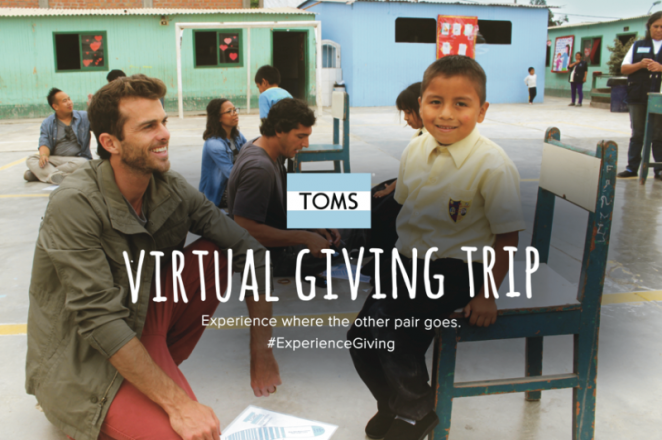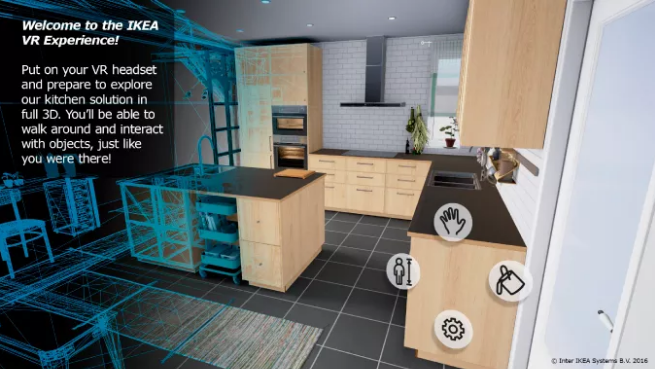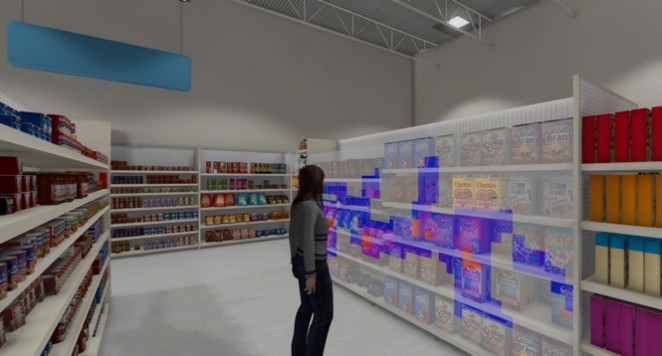VR is the only medium, besides reality, able to create presence. It substitutes the physical world for a constructed (or recorded) one and fools the 3 “parts” of your brain to give you the subjective perception that you’re there. That’s why, more intensely than any other marketing medium before it, Virtual Reality enables visceral and emotional brand experiences.
Most importantly, VR has the power to alter behavior, arguably the Holy Grail of marketing. You’re skeptical? Have a look at how VR can help fight racial prejudice , prime altruistic behavior, cure spider phobia or increase charity donations.

Yet, old habits die hard. Most VR marketing campaigns still follow the usual recipe of hammering away product features and brand messages. Take the example of the United Airlines campaign where the voice of Matt Damon is mostly used to list the features and amenities of the airline’s new first class seating...for 6 minutes.
When it comes to discovering just how hard VR can work for brands’ clients and audiences, everyone is still pretty much groping around in the dark, That said, a few models are starting to emerge:
- Brand-inspired story-world

Approach: Immerse the customers in an aspirational branded story-world. Create a story staging the ultimate brand experience rather than a product-centered showcase.
Benefits: Increased brand awareness (prospects) and brand loyalty from existing customers.
Example: Jaguar Land Rover (Wimbledon) brought people at Waterloo station inside the mind of a champion (Andy Murray) on a big day (Wimbledon.)
2. Living a brand’s mission

Approach: Communicate the brand’s mission by leveraging the medium empathetic powers to bring audiences into a cause rather than just informing them.
Benefits: Increased brand loyalty and improved purchase experience
Example: Tom’s Shoes let in-store customers experience the joy of giving away a pair of shoes across the world.
3. Lifestyle showcase

Approach: Showcase product/service attributes and benefits, not through how they work but bringing people in the lifestyle/experience they unlock.
Benefit: Increased product consideration and brand loyalty
Example: Merrell brought Tribeca Film Festival attendees to an extreme hike in the Dolomites.
4. Virtual showroom

Approach: Let consumers experience or manipulate your product in VR and help them make more informed decisions or personalised choices.
Benefits: Improved shopping experience and increased post-purchase customer satisfaction
Example: IKEA lets players design and inhabit their own real-size IKEA kitchen.
5. Virtual R&D

Approach: Gather behavioral data and analytics to inform product development, marketing efforts...etc
Benefits: Shortened R&D, better informed Marketing strategy
Example: Kantar enables retailers to test & optimise their concepts before building the real thing.

Once the “flavor of the month” effect that VR is benefiting from now will disappear, brands will start asking themselves questions about the potential bottom-line impact of the medium. Let’s not wait until then to kill the old habits!






